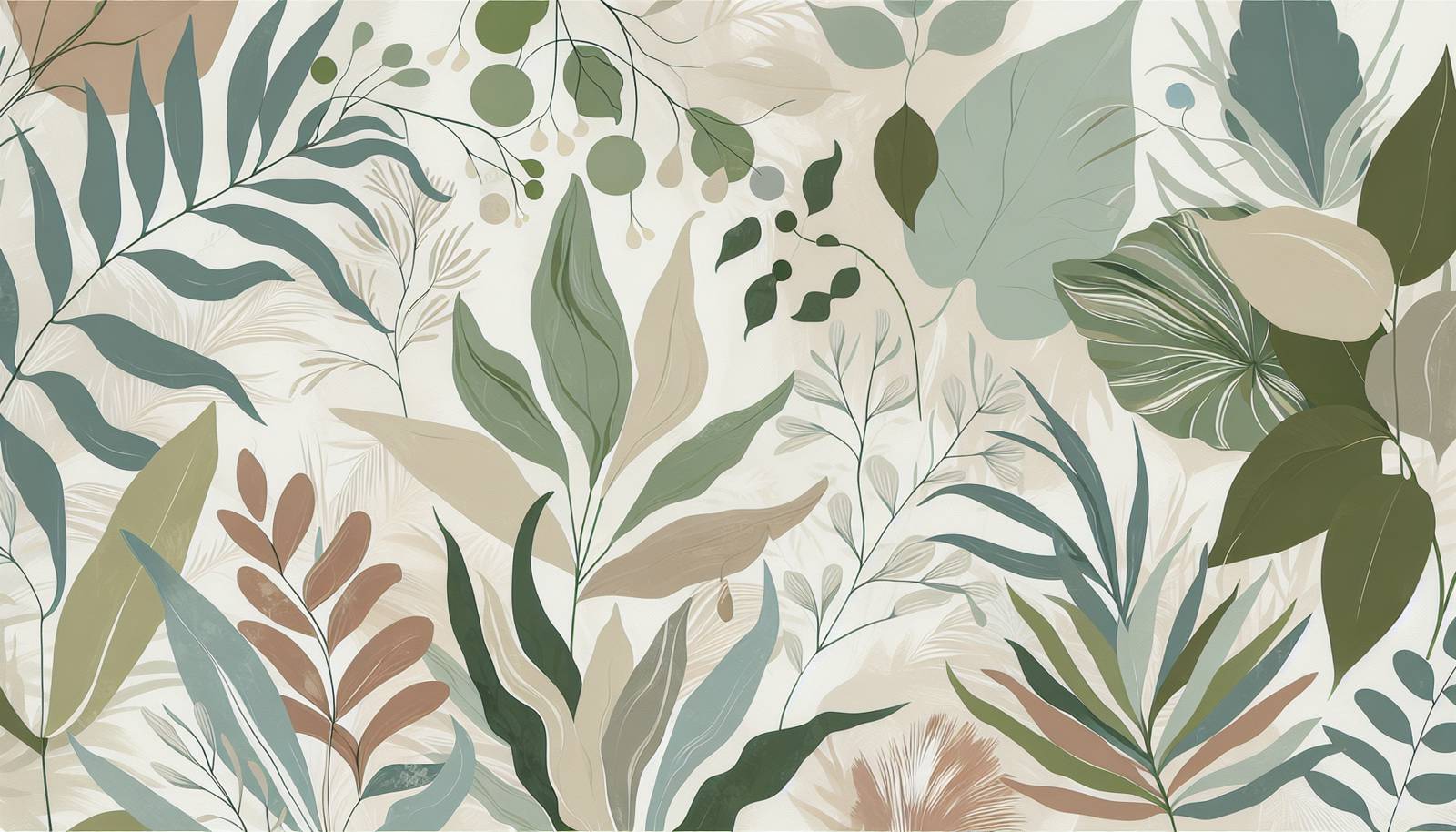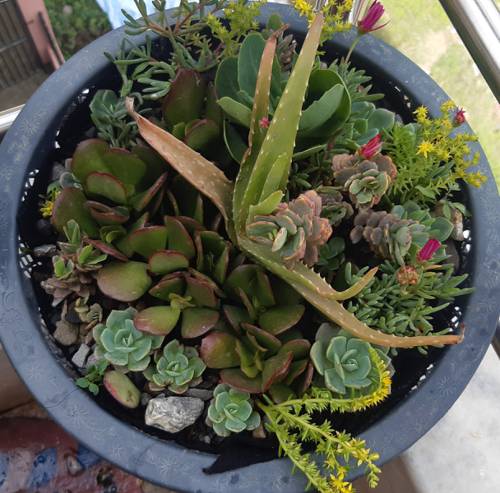
FAQ About Indoor Plant Ethnobotany

What is indoor plant ethnobotany?
Indoor plant ethnobotany is the study of the cultural significance and traditional uses of plants that are commonly grown indoors. It encompasses the historical, social, and practical roles these plants have played in various cultures around the world. This field examines how certain plants are used for medicinal, decorative, or symbolic purposes within different societies.

Why is it important to understand the ethnobotany of indoor plants?
Understanding the ethnobotany of indoor plants enhances our appreciation and care for these plants by providing context to their historical and cultural backgrounds. It reveals the roles these plants have played beyond mere decoration, such as their usage in traditional medicine, rituals, or as cultural symbols. This knowledge can also inform more sustainable and culturally sensitive practices in plant care.

What are some common indoor plants with significant ethnobotanical history?
Some common indoor plants with rich ethnobotanical histories include Aloe vera, which is known for its medicinal properties; the Rubber Plant (Ficus elastica), revered in its native India for its sturdy latex; and Bamboo, which is a symbol of good fortune in many Asian cultures. Each of these plants has unique historical and cultural narratives that contribute to their popularity as indoor plants.

How does ethnobotany influence the way we care for indoor plants?
Ethnobotany can inform our understanding of the natural environments and traditional growing practices associated with indoor plants. This, in turn, helps in providing more tailored and effective care. For example, knowing that a plant traditionally grows in a humid climate may indicate the need for regular misting. Ethnobotanical knowledge also encourages respect for the cultural origins and significance of these plants.

Can indoor plants be used for medicinal purposes according to ethnobotanical practices?
Yes, many indoor plants have been used for medicinal purposes throughout history. For instance, Aloe vera is commonly used for its soothing effect on burns and skin conditions, while the Spider Plant is believed to purify air. However, it is essential to use caution and consult with a professional before attempting to use any plant medicinally, as improper use can lead to adverse effects.

What role do indoor plants play in cultural rituals according to ethnobotanical studies?
Indoor plants are often integral to various cultural rituals and traditions. For example, Basil is considered sacred in Hindu traditions and is used in religious ceremonies. Similarly, certain plants like the Jade Plant are used in Feng Shui practices to attract prosperity. Such rituals highlight the symbolic significance of indoor plants beyond their aesthetic appeal.

How can ethnobotany inform sustainable indoor plant care practices?
Ethnobotany offers insights into how plants have been traditionally maintained within their native environments, which can guide sustainable care practices for indoor plants. By understanding traditional watering, soil, and light conditions that plants thrive in, enthusiasts can replicate these optimal conditions at home, leading to healthier plants and a reduced ecological footprint. This also includes understanding traditional methods of pest control and fertilization.

Are there any indoor plants that symbolize luck or prosperity in various cultures?
Yes, several indoor plants are associated with luck or prosperity in different cultures. The Money Tree (Pachira aquatica) is believed to bring financial success in Feng Shui practice. Meanwhile, the Lucky Bamboo is often used as a good luck charm in both homes and businesses in Chinese culture. These plants carry symbolic meanings which have been recognized and valued across generations.

What impact does ethnobotany have on the selection of indoor plants for decoration today?
Ethnobotany influences the selection of indoor plants by highlighting their historical significance and traditional uses, which can match or enhance personal or cultural connections. For instance, someone might choose Jasmine not only for its fragrance but also for its cultural symbolism in romantic traditions. This awareness can lead to more meaningful choices when selecting plants for decoration.

Can studying ethnobotany help in the conservation of plant species?
Yes, studying ethnobotany can aid in the conservation of plant species by documenting traditional knowledge and uses, which can highlight the importance of preserving both plant species and their natural habitats. This awareness can drive efforts to protect endangered species and encourage sustainable harvesting practices, ensuring that cultural heritage and biodiversity are maintained for future generations.

What are some indoor plants commonly used in traditional medicine?
Several indoor plants have been traditionally used in medicine. Aloe vera is renowned for its healing properties for skin ailments. Lavender is used for its calming effects in aromatherapy. Additionally, Peace Lily is thought to improve indoor air quality, though scientific evidence on its extent is varied. These plants embody the blend of utility and cultural significance in ethnobotanical practices.

Why do some cultures consider certain indoor plants sacred?
Certain plants are considered sacred in various cultures due to their historical, religious, or symbolic meanings. For example, the Basil plant is sacred in Hindu culture, often grown in temple gardens and associated with purity. These plants often play roles in mythologies, religious rituals, or serve as representations of deities, thereby elevating their cultural and spiritual value.

How do indoor plants contribute to the well-being of individuals and communities in an ethnobotanical context?
Indoor plants contribute to well-being through both their physical properties and cultural significance. They can improve air quality, reduce stress, and promote a sense of connection to nature. Culturally, they can reinforce community identity and heritage, as seen when plants used in traditional cuisines or medicines are grown at home, fostering a sense of continuity and belonging.

What is the significance of the Rubber Plant in ethnobotany?
In ethnobotany, the Rubber Plant (Ficus elastica) is significant particularly in Indian and Southeast Asian cultures, where its latex was historically harvested for rubber production. Apart from its economic utility, it is also valued in traditional medicine in some cultures for its supposed healing properties. The plant's robust and versatile nature symbolizes endurance and adaptability, contributing to its cultural prominence.

How have different cultures historically valued the Jade Plant?
The Jade Plant, also known as the Money Tree in some cultures, is appreciated for its supposed ability to attract prosperity and wealth. In Chinese culture, it is utilized in Feng Shui, believed to generate positive energy and symbolize growth. This value has led to its frequent presence in homes and businesses, reflecting its ethnobotanical significance as a bringer of good fortune.

What are the traditional uses of the Bamboo plant culturally?
Bamboo has a wide range of traditional uses across various cultures, notably in Asia. It is revered for its strength and flexibility, used in everything from construction materials to musical instruments. Culturally, Bamboo represents longevity, luck, and resilience. Its role in ceremonies, art, and everyday life underscores its importance well beyond a simple ornamental plant.

Can indoor plants influence indoor air quality according to ethnobotanical studies?
According to some studies and traditional beliefs, certain indoor plants can enhance air quality by absorbing toxins and releasing oxygen. Plants like the Peace Lily and Spider Plant are traditionally considered effective in purifying indoor air. However, while these benefits are widely cited in ethnobotanical contexts, modern scientific studies often suggest that the effects may require a large number of plants to be significant within confined spaces.

What is the significance of Aloe Vera in ethnobotany?
Aloe Vera holds a significant place in ethnobotany due to its long-standing use across various cultures for therapeutic purposes. Known for its soothing and healing properties, it has been used traditionally to treat burns, skin irritations, and in cosmetic products. Its presence in folklore and traditional medicine highlights its dual role as a practical and symbolic plant in many societies.

How might ethnobotanical knowledge influence modern interior design?
Ethnobotanical knowledge can greatly influence modern interior design by integrating plants that hold cultural and historical significance, thus adding layers of meaning and authenticity to interior spaces. Designers might choose plants not only for their aesthetic appeal but also for their symbolic meanings and historical uses, creating environments that reflect cultural richness and personal stories.

Are there misconceptions about the uses of indoor plants in ethnobotany?
Yes, there are common misconceptions, such as overestimating the air-purifying ability of plants, often popularized in media without scientific backing. While indoor plants do contribute positively to spaces, the scale of their effects is sometimes exaggerated. Ethnobotany encourages a balanced view by highlighting both scientifically verified benefits and traditional uses that might not be empirically documented.
